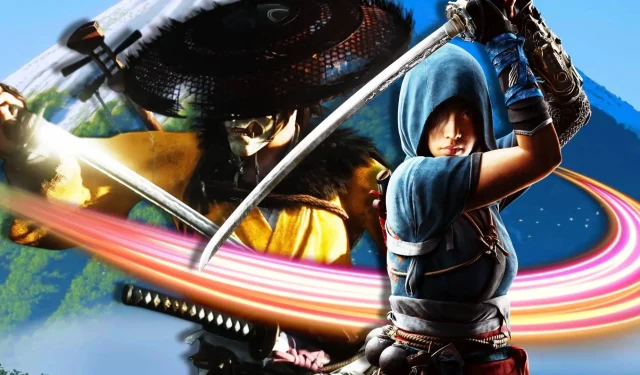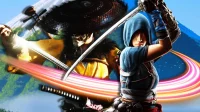Ghost of Yotei stands as one of PlayStation’s flagship titles set for release in 2025, alongside the highly anticipated Death Stranding 2. Given this prominent positioning, the game needs to achieve exceptional performance in both sales and critical reception. For die-hard fans of Ghost of Tsushima, this may seem like a manageable challenge, as the original title enjoyed remarkable success both commercially and critically. However, despite its praise, Tsushima was not without its flaws, which Ghost of Yotei must learn from to elevate the gaming experience.
Embracing Stealth: A Lesson From Assassin’s Creed Shadows
Addressing Tsushima’s Weakest Link
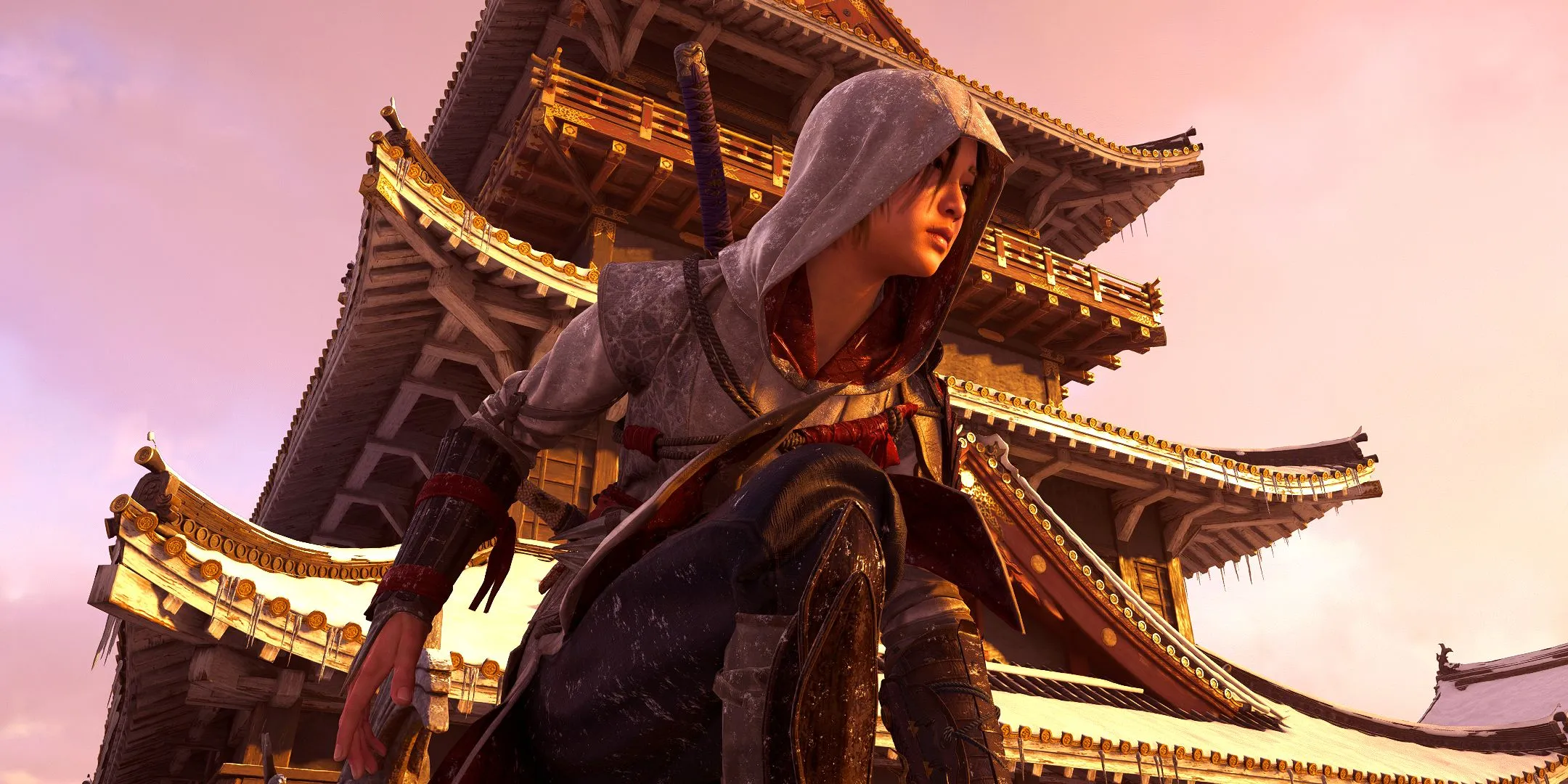
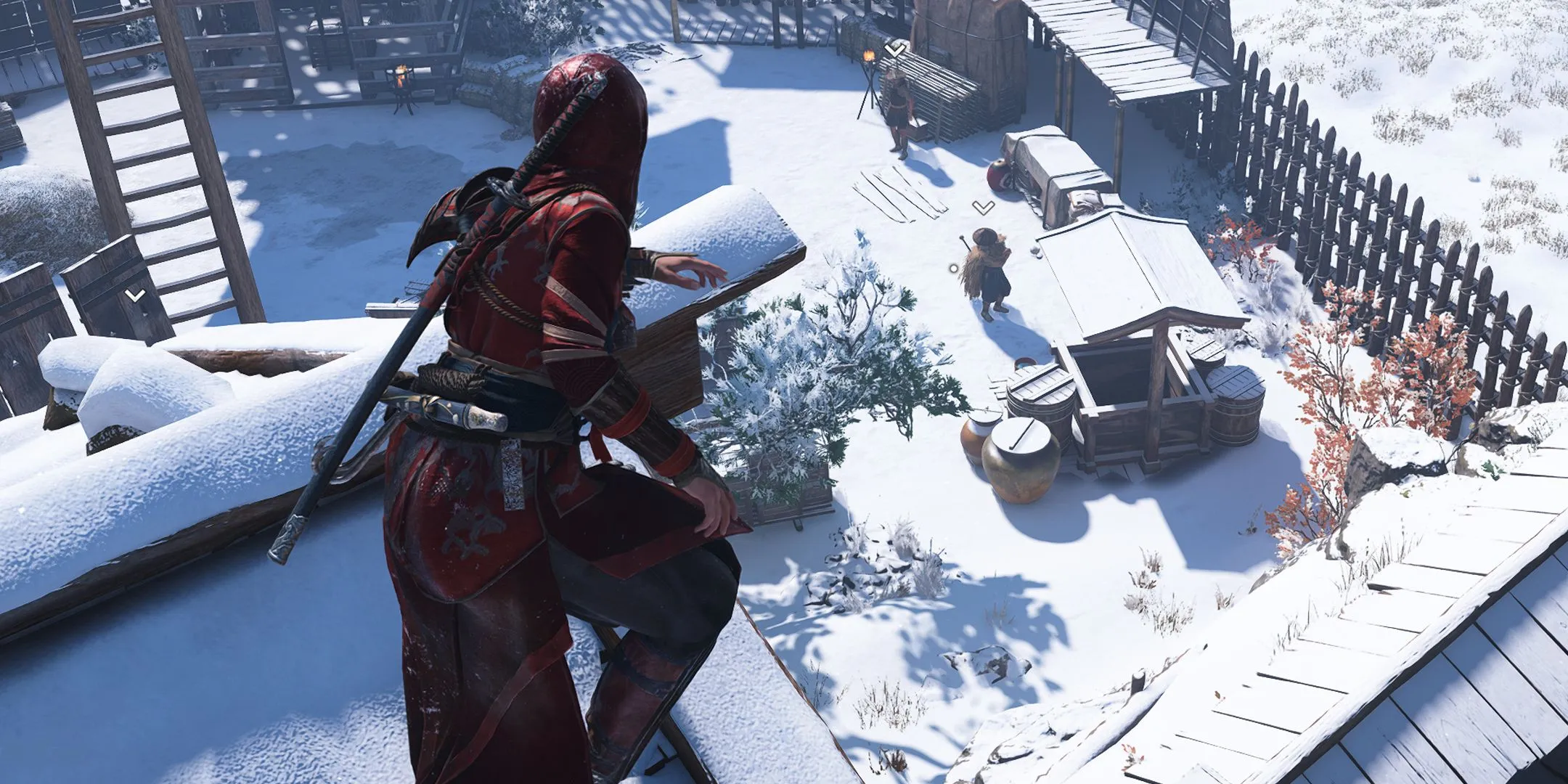
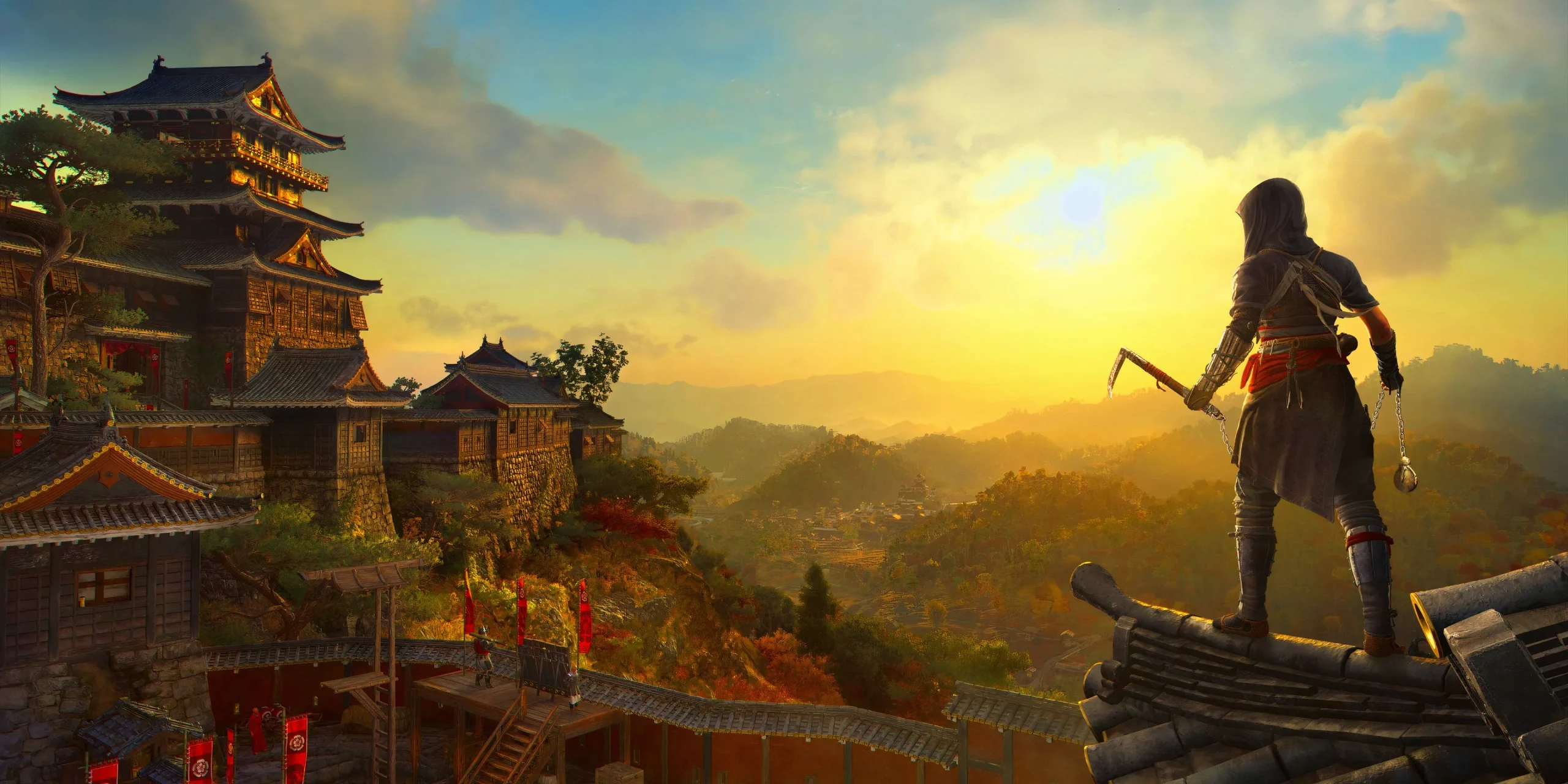
Clearly, Sucker Punch Productions, the team behind Ghost of Tsushima and its upcoming sequel, Ghost of Yotei, has masterfully crafted engaging third-person melee combat. Tsushima delivered exhilarating combat encounters that remained entertaining throughout its length. This success sets a high bar for Yotei, ensuring its melee mechanics will likely mirror its predecessor’s quality. However, a critical area where Tsushima fell short was in stealth gameplay, presenting a significant opportunity for improvement inspired by its rival, Assassin’s Creed Shadows.
In numerous aspects, Shadows surpasses Ghost of Tsushima in stealth mechanics. The game’s parkour system, particularly through its protagonist Naoe, offers a more extensive range of options for navigating urban environments. Additionally, Shadows equips players with a broader array of tools and skills compared to what Jin has at his disposal. Enemy AI in Shadows, especially on more challenging difficulty settings, is notably superior, as adversaries actively seek the player out without prematurely giving up their search. Elements like tall grass provide insufficient cover, and the introduction of going prone on rooftops adds complexity to stealth engagements—features that Tsushima lacks.
These advancements in stealth set a high standard for Ghost of Yotei, which should emphasize agility and diverse stealth takedown techniques for its protagonist, Atsu. It’s crucial that players genuinely feel vulnerable when confronted with large groups of enemies. Reliance on simple crouching for stealth should be reimagined, compelling players to devise thoughtful strategies for stealthy approaches akin to those found in Shadows.
Establishing Strong Stealth Mechanics Early On
Avoiding Tsushima’s Pitfalls

One of Tsushima’s major shortcomings was that while its melee combat was accessible and enjoyable from the outset, the stealth mechanics did not become rewarding until much later in the game. Ghost of Yotei must proactively avoid this issue. Atsu could kick off her journey with a range of stealth abilities already unlocked, potentially incorporating skills from Tsushima itself. Additionally, providing tool options beyond simplistic distractions, like throwing rocks, would immerse players in effective stealth gameplay right from the start, ensuring it holds equal weight alongside the combat mechanics.
Positioning Ghost of Yotei as a Success Similar to Shadows
Learning from Shadows’ Dynamic Design

While Ghost of Tsushima excels in several areas, particularly combat, it should not serve as the guiding framework for stealth mechanics in Yotei. Instead, Ghost of Yotei should align more with the model established in Assassin’s Creed Shadows, extending beyond just stealth elements. Shadows boasts a notably dynamic world, enriched with seasonal changes and densely populated with vibrant characters. Although Tsushima may not implement seasonal shifts, Yotei could explore ways to enhance exploration to create a more immersive experience.
Moreover, adopting a tighter narrative focus—similar to Shadows—could significantly benefit Ghost of Yotei. Tsushima often encountered a narrative disconnect that clashed with its gameplay, resulting in an uncertain player experience. In contrast, Ghost of Yotei should provide clear guidance for players from the outset—encouraging them to follow either a stealthy or aggressive playstyle rather than creating a false sense of option. Ultimately, if Ghost of Yotei can capture even half of the excellence demonstrated in Tsushima or Assassin’s Creed Shadows, it promises to deliver a captivating gaming experience.
